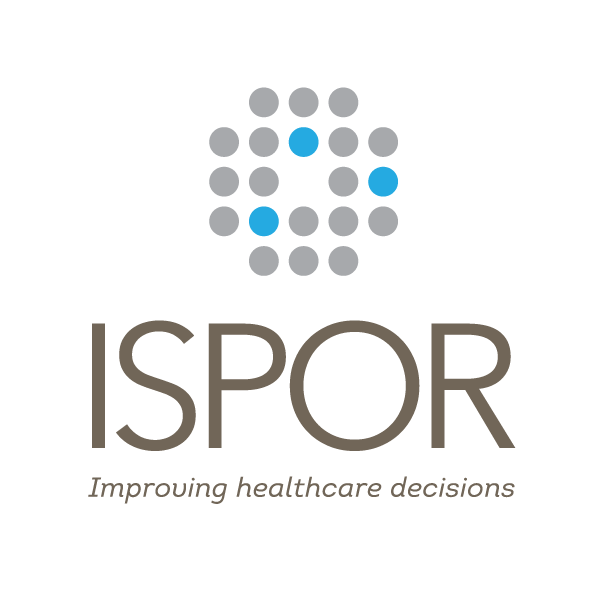Newswise — Lawrenceville, NJ, USA—October 16, 2018—ISPOR—the professional society for health economics and outcomes research (HEOR), has published a new Good Practices for Outcomes Research Report that illustrates how constrained optimization methods can be used to assess the value of health technologies. The report, Application of Constrained Optimization Methods in Health Services Research—Report 2 of the ISPOR Optimization Methods Emerging Good Practices Task Force was published in the September 2018 issue of Value in Health.
Constrained optimization methods help researchers to identify the best, or “optimal,” solution to a problem from a wide range of potential solutions. Constrained optimization methods are already widely used in healthcare to solve problems that represent traditional applications of operations research methods, such as choosing the optimal location for new facilities or making the most efficient use of operating room capacity. This report illustrates the potential use of these methods for finding optimal solutions to challenges in healthcare delivery and policy.
This ISPOR Good Practices for Outcomes Research Report describes the application of constrained optimization methods to improve health outcomes for patients. Using 3 case studies, the report illustrates how to find optimal solutions to challenges often encountered by clinicians: (1) prevention of cervical cancer through vaccination and screening programs; (2) treatment of patients with type 2 diabetes for high cholesterol using statins; and (3) the delivery of radiation therapy to patients with cancer.
“Constrained optimization methods are not a replacement for health economic modeling methods that are widely used to assess the value of healthcare technologies,” noted William H. Crown, PhD, OptumLabs®, Cambridge, MA, USA. “Constrained optimization offers the opportunity to extend traditional health economic assessments using these methods to identify the best solution in a systematic and rigorous fashion.”
“Up to one-third of healthcare expenditure is wasted—producing no clinical benefit for patients,” noted author, Kalyan S. Pasupathy, PhD, Mayo Clinic, Rochester, MN, USA. “By treating patients optimally, we have the potential to improve population health and enhance the value associated with healthcare expenditure. For individual patients, this can translate to providing treatment with the most appropriate therapy in a timely manner. For physicians, this can help provide optimal health outcomes for their patients, enhance the performance of their medical practice, and offer more efficient healthcare delivery.”
ISPOR’s Good Practices for Outcomes Research Task Force Reports are highly cited reports that provide expert consensus recommendations on good practice standards for health outcomes research and on the use of this research in healthcare decision making. All of the Society’s Good Practices for Outcomes Research Reports are made freely available as open access articles as part of the Society’s mission. ISPOR’s Good Practices for Outcomes Research Reports have been recognized with an ASAE “Power of A” award that acknowledges innovative, effective, and broad-reaching programs that have a positive impact on the world.
Additional information and an introduction to constrained optimization methods can be found in the first article published by the ISPOR Optimization Methods Emerging Good Practices Task Force, “Constrained Optimization Methods in Health Services Research—An Introduction: Report 1 of the ISPOR Optimization Methods Emerging Good Practices Task Force.”
###
ABOUT ISPOR
ISPOR, the professional society for health economics and outcomes research (HEOR), is an international, multistakeholder, nonprofit dedicated to advancing HEOR excellence to improve decision making for health globally. The Society is the leading source for scientific conferences, peer-reviewed and MEDLINE®-indexed publications, good practices guidance, education, collaboration, and tools/resources in the field.
Web: www.ispor.org | LinkedIn: http://bit.ly/ISPOR-LIn | Twitter: www.twitter.com/ISPORorg (@ISPORorg) | YouTube: www.youtube.com/user/ISPORorg/videos | Facebook: www.facebook.com/ISPORorg | Instagram: www.instagram.com/ISPORorg
ABOUT VALUE IN HEALTH
Value in Health (ISSN 1098-3015) is an international, indexed journal that publishes original research and health policy articles that advance the field of health economics and outcomes research to help healthcare leaders make evidence-based decisions. The journal’s 2017 impact factor score is 5.494. Value in Health is ranked 3rd among 94 journals in healthcare sciences and services, 3rd among 79 journals in health policy and services, and 6th among 353 journals in economics. Value in Health is a monthly publication that circulates to more than 10,000 readers around the world.
Web: www.ispor.org/publications/journals/value-in-health | Twitter: www.twitter.com/ISPORJournals (@ISPORjournals)
ABOUT ISPOR GOOD PRACTICES FOR OUTCOMES RESEARCH TASK FORCE REPORTS
ISPOR has earned an international reputation for research excellence based, in part, on its Good Practices for Outcomes Research Task Force Reports. These highly cited reports are expert consensus recommendations on good practice standards for outcomes research (clinical, economic, and patient-reported outcomes) and on the use of this research in healthcare decision making. ISPOR Task Forces comprise subject matter experts representing different stakeholders from diverse work environments (ie, regulators, payers, manufacturers, technology assessors, etc from research, government, academic, and industry sectors around the world). All ISPOR Good Practices for Outcomes Research Reports are published in the Society’s scientific journal, Value in Health, and are made freely available as part of the Society’s mission. The Society’s Good Practices for Outcomes Research Reports have been recognized with an ASAE “Power of A” award that acknowledges innovative, effective, and broad-reaching programs that have a positive impact on the world.
